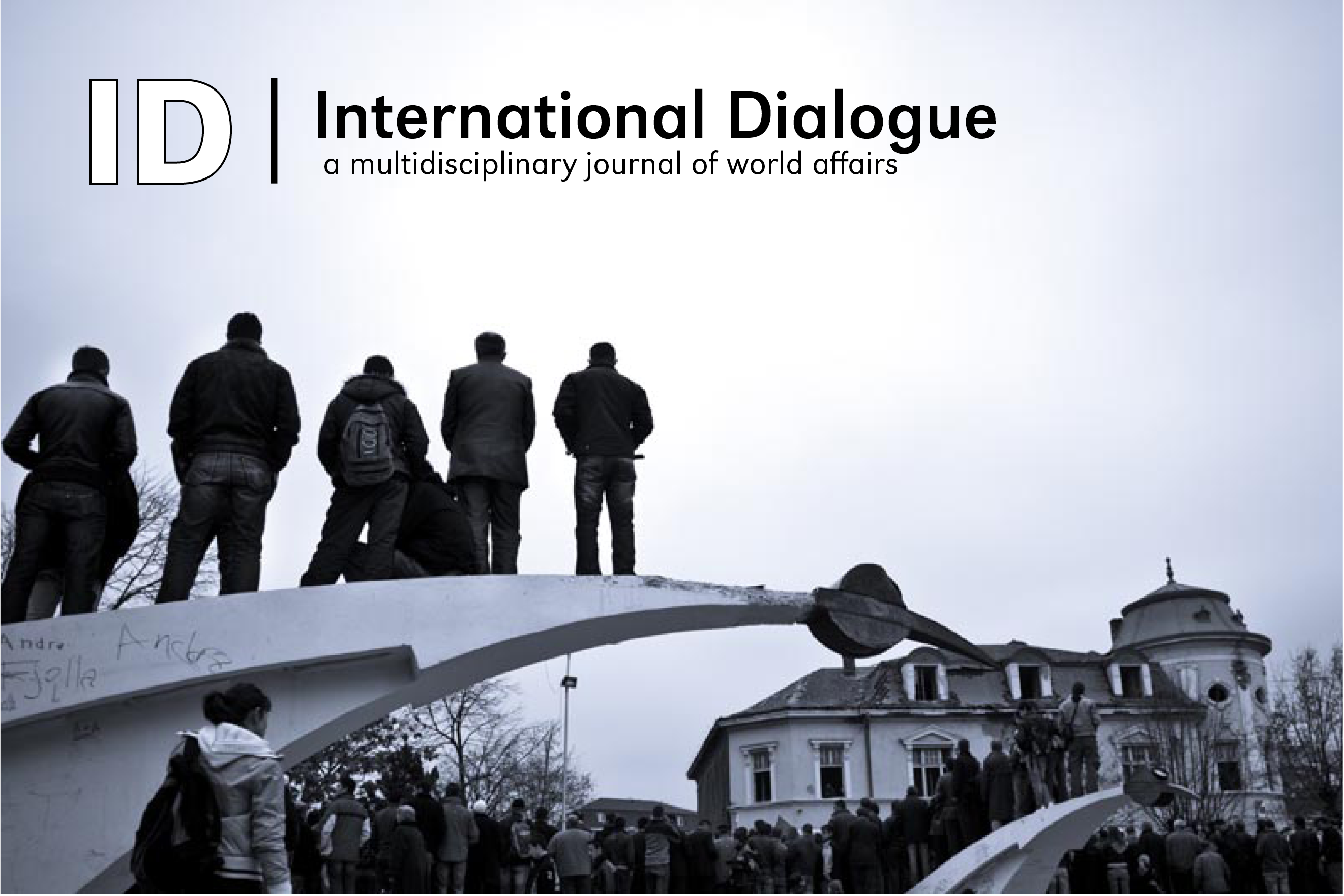International Dialogue

Abstract
The publication of Giorgio Agamben’s The Use of Bodies in 2014, followed the next year by Adam Kotsko’s English translation, marked a momentous event in the history of more recent continental thought, bringing to a close one of the most far reaching and ambitious scholarly and philosophical labors of the twentieth century. Initiated in 1995 with Homo Sacer: Sovereign Power and Bare Life, Agamben’s project, named after the first volume, would come to comprise nine separate books, published at fairly regular intervals over the course of twenty years. While neither Kevin Attell’s Giorgio Agamben: Beyond the Threshold of Deconstruction (BTD) nor Sergei Prozorov’s Agamben and Politics: A Critical Introduction (AP) were able to take advantage of the appearance of the last volume of Homo Sacer, they both benefit from an understanding of the scope of Agamben’s work and thought that has only recently become possible. Indeed, these books represent two of the most compelling attempts to offer a comprehensive account of Agamben’s work that is sensitive to its range and subtlety, recognizing the complex interactions between political, philosophical, theological, linguistic and poetological lines of inquiry.
Recommended Citation
Adler, Anthony Curtis
(2017)
"Agamben’s Comic Messianism: Giorgio Agamben: Beyond the Threshold of Deconstruction; Agamben and Politics: A Critical Introduction,"
International Dialogue: Vol. 7, Article 4.
DOI: https://doi.org/10.32873/uno.dc.ID.7.1.1138
Available at:
https://digitalcommons.unomaha.edu/id-journal/vol7/iss1/4
Included in
Ethics and Political Philosophy Commons, International and Area Studies Commons, International and Intercultural Communication Commons, International Relations Commons, Political Theory Commons
